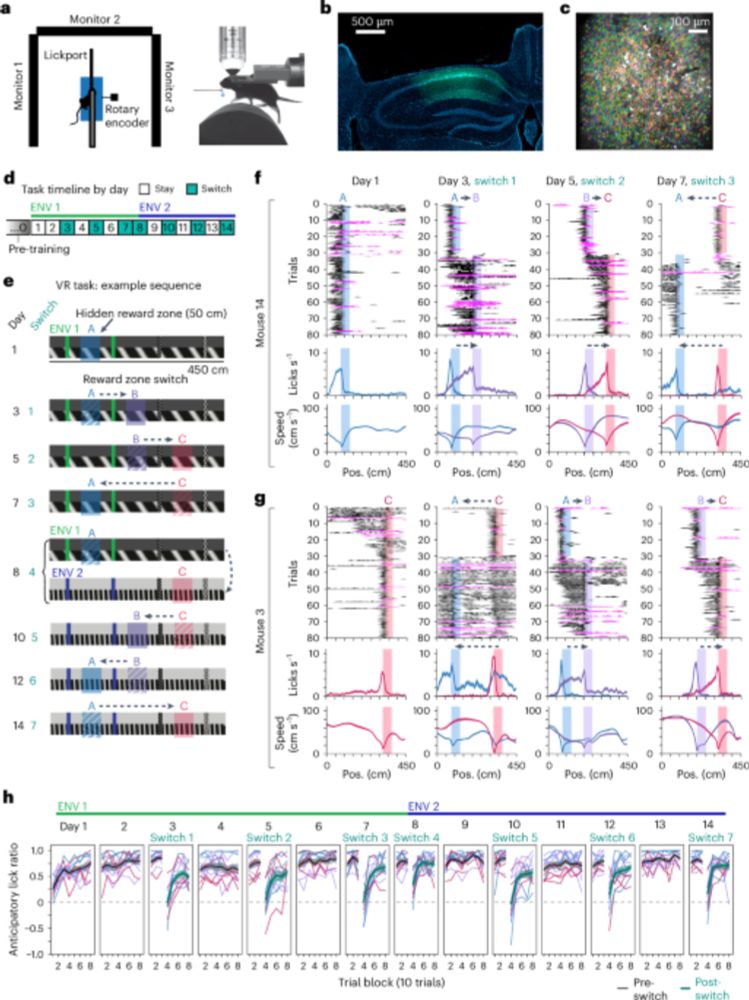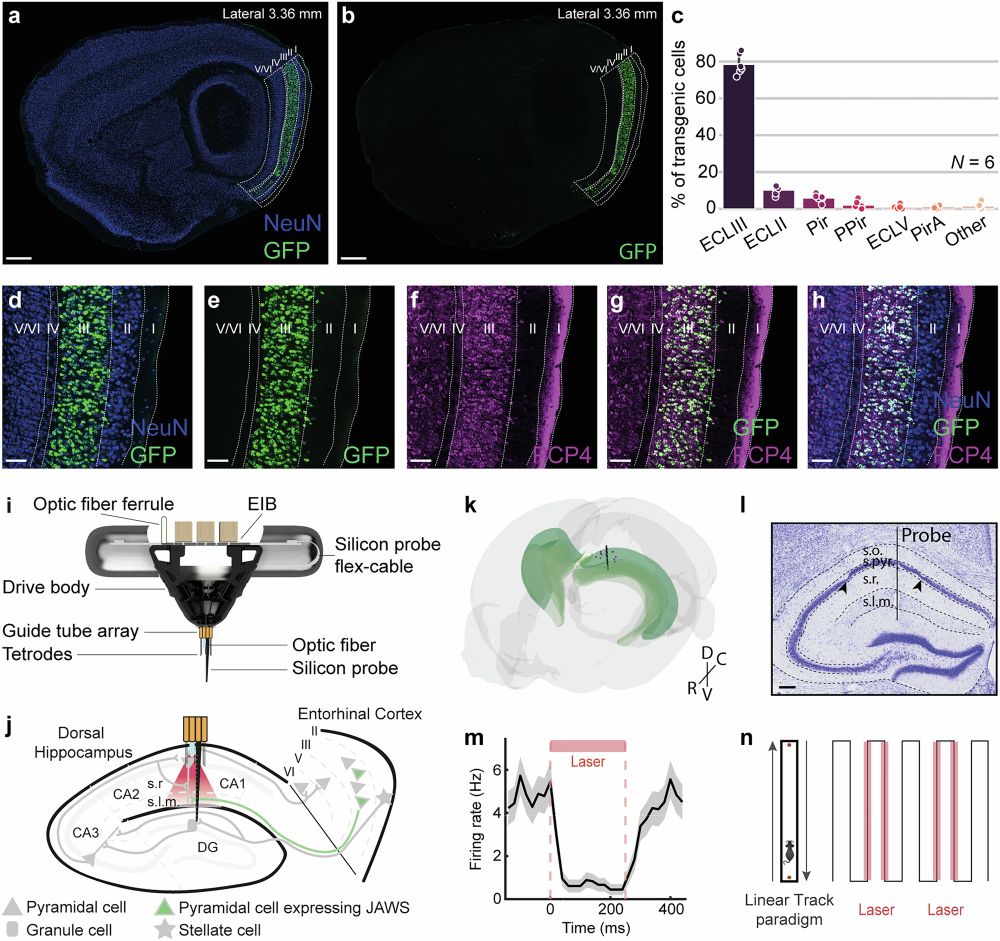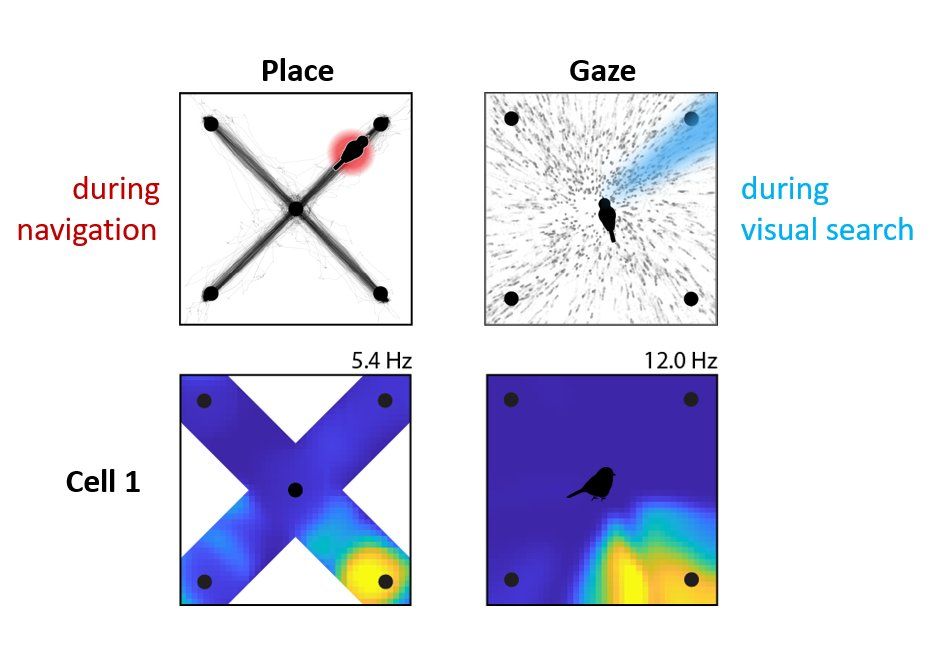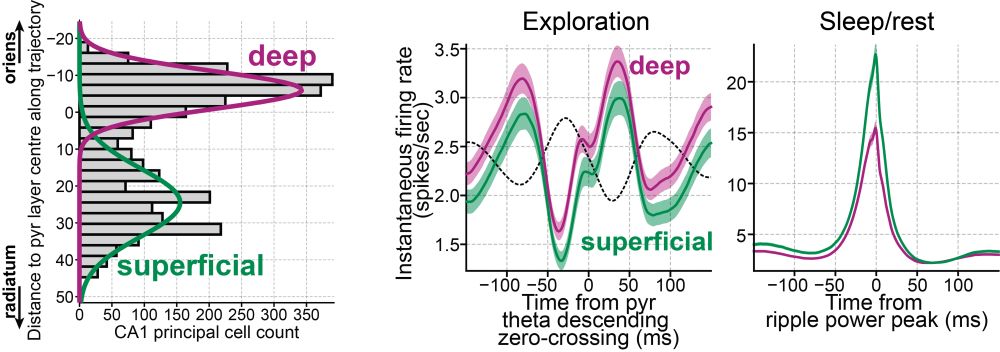Posts
Media
Videos
Starter Packs
Reposted by Vitor Lopes dos Santos
Reposted by Vitor Lopes dos Santos
Reposted by Vitor Lopes dos Santos
Reposted by Vitor Lopes dos Santos
Reposted by Vitor Lopes dos Santos
Reposted by Vitor Lopes dos Santos
Reposted by Vitor Lopes dos Santos
Vinny Costa
@vincentcostaphd.bsky.social
· Jul 13
Reposted by Vitor Lopes dos Santos
Reposted by Vitor Lopes dos Santos
Reposted by Vitor Lopes dos Santos
Reposted by Vitor Lopes dos Santos
Mari Sosa
@marisosa.bsky.social
· Jun 12

A flexible hippocampal population code for experience relative to reward - Nature Neuroscience
Sosa et al. find that hippocampal neural activity in mice encodes both environmental location and experience relative to rewards, spanning distances far from reward, through parallel and flexible popu...
www.nature.com
Reposted by Vitor Lopes dos Santos















